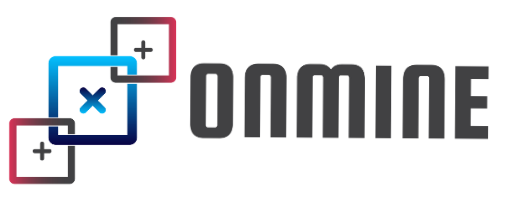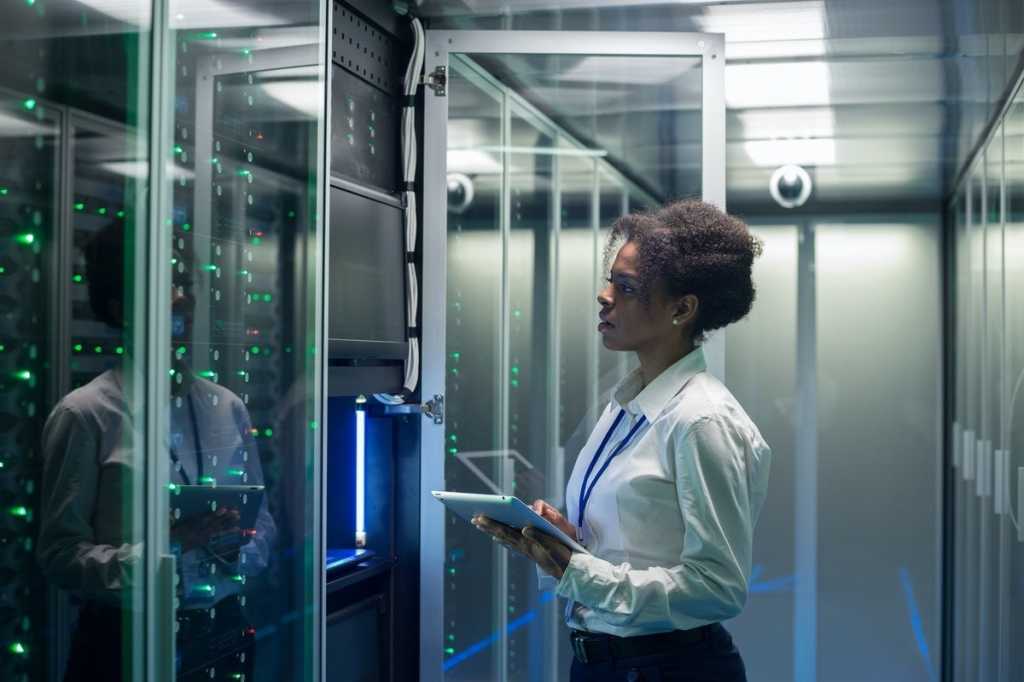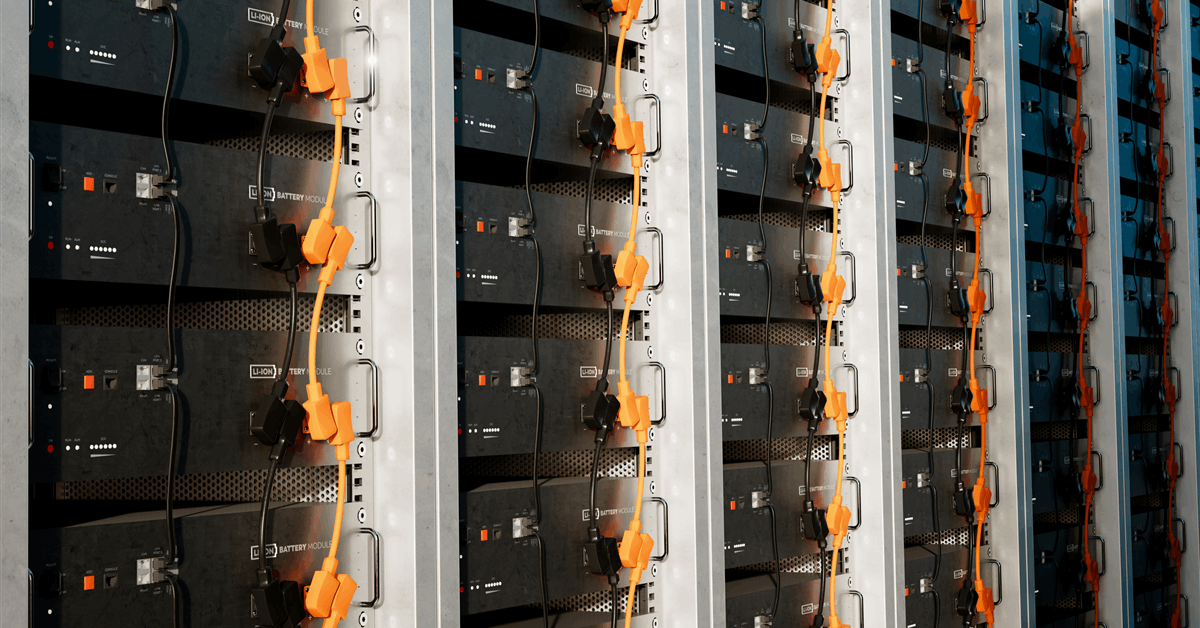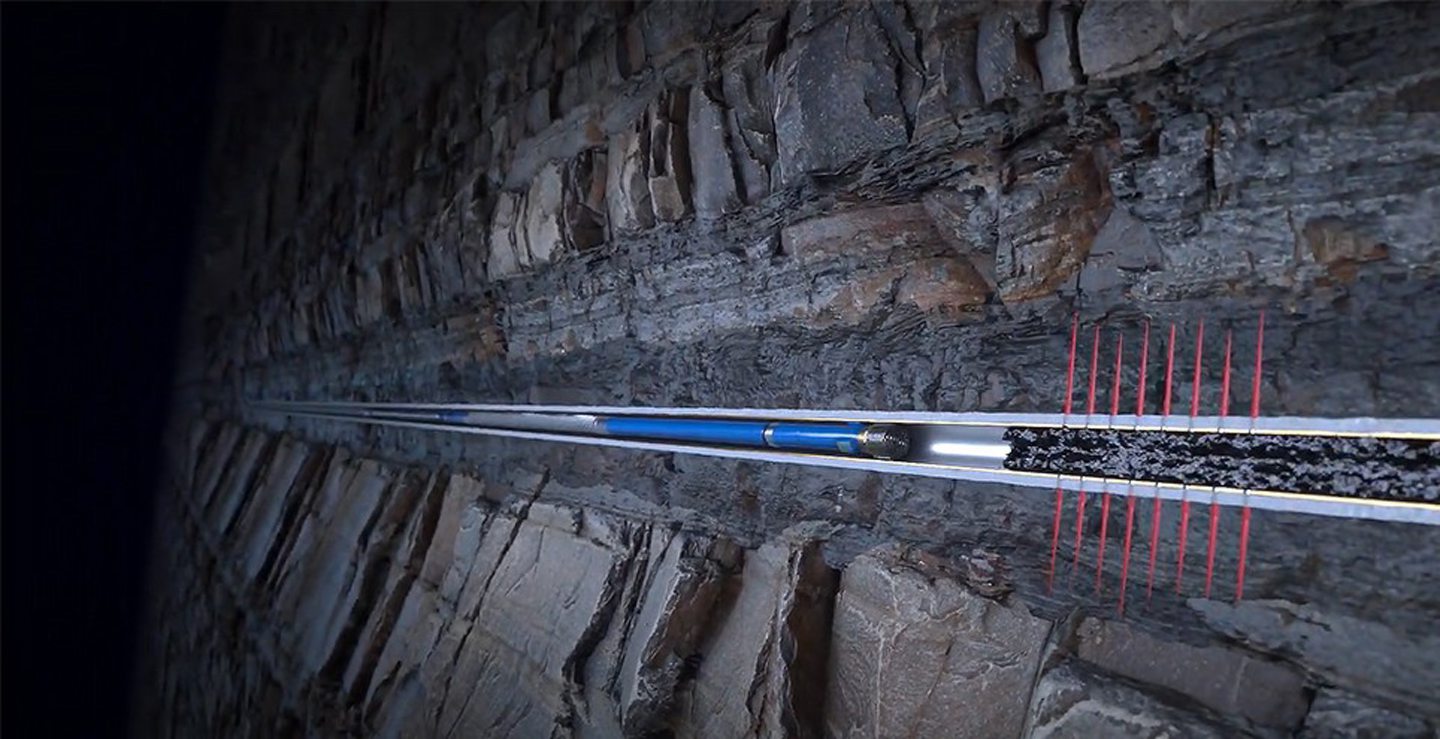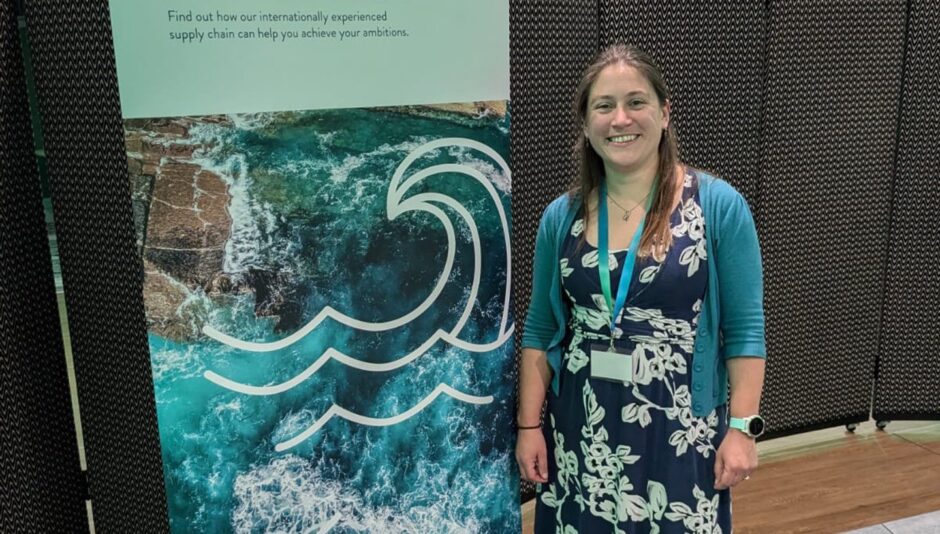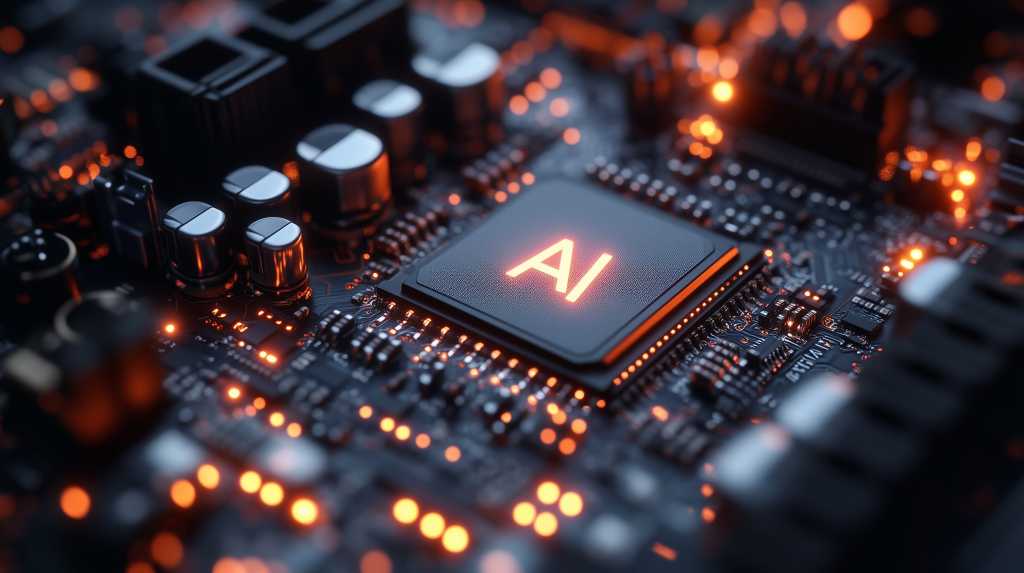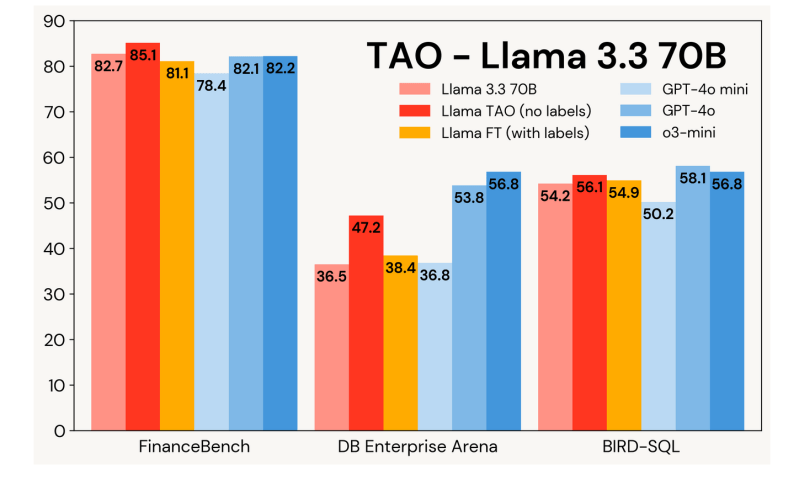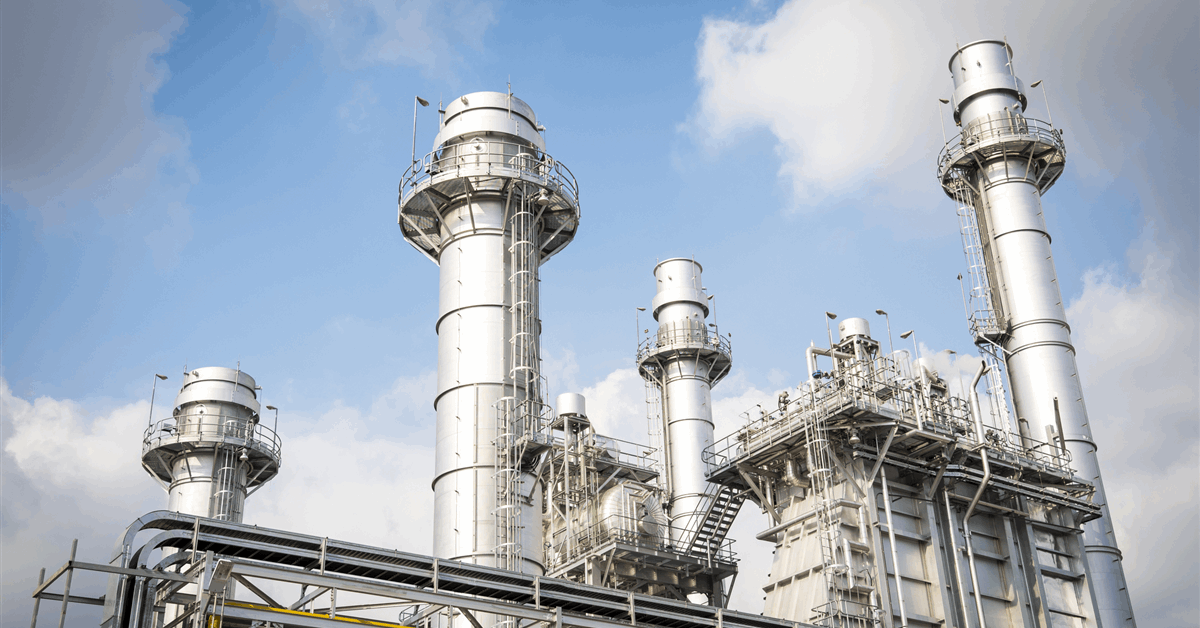
Eni SpA has increased its natural gas supply for Côte d’Ivoire’s electricity generation with new capacity unlocked in the offshore Baleine field.
“The gas produced – up to 70 million cubic feet per day – will be entirely allocated to meet local demand, ensuring a reliable supply for the country’s power generation needs and further reinforcing Côte d’Ivoire’s role as a regional energy hub”, the Italian energy major said in an online statement Wednesday.
Baleine has also reached its oil production plateau of 60,000 barrels per day (bpd), compared to 20,000 bpd in the first phase.
Eni noted, “Baleine is the first net-zero upstream project (Scope 1 and 2) in Africa, a milestone made possible by advanced technologies to reduce its carbon footprint and innovative initiatives developed in close cooperation with the Ivorian government”.
“These include a distribution program of locally produced improved cookstove, which has already benefited over 600,000 vulnerable people, and a project for the protection and restoration of 14 classified forests, contributing to the project’s overall carbon neutrality”, the company added.
Phase 2 started production late last year, raising Baleine’s capacity to 70 million cubic feet of associated gas per day (MMcfd).
Phase 2 uses floating production, storage and offloading vessel Petrojarl Kong. It also has floating storage and offloading unit Yamoussoukro for oil export. Meanwhile gas is supplied to the Ivorian market via a pipeline built for phase 1.
Announcing the start-up of phase 2 on December 28, 2024, Eni also said then phase 3 was under study and expected to further grow Baleine’s output to 150,000 bpd of oil and 200 MMcfd of associated gas.
Baleine is one of the Ivory Coast’s two biggest hydrocarbon discoveries, along with Calao, according to Eni.
On September 1, 2021, it declared Baleine as the nation’s first commercial hydrocarbon discovery since 2001. Eni put Baleine’s preliminary estimates at 1.5 to two billion barrels of oil in place and 1.8 trillion cubic feet (Tcf) to 2.4 Tcf of associated gas.
On March 7, 2024, Eni announced the Calao field discovery. With potential resources of one to 1.5 billion barrels of oil equivalent, it is the second-biggest hydrocarbon discovery in the country according to Eni.
With the recent awarding of four offshore exploration blocks, Eni now operates 10 blocks in Ivorian waters. The four new blocks are CI-504, CI-526, CI-706 and CI-708, Eni said November 28, 2024.
Of the six older blocks, CI-101 holds Baleine, while Calao is part of block CI-205. The other four are CI-401, CI-501, CI-801 and CI-802.
To contact the author, email [email protected]
What do you think? We’d love to hear from you, join the conversation on the
Rigzone Energy Network.
The Rigzone Energy Network is a new social experience created for you and all energy professionals to Speak Up about our industry, share knowledge, connect with peers and industry insiders and engage in a professional community that will empower your career in energy.
MORE FROM THIS AUTHOR
